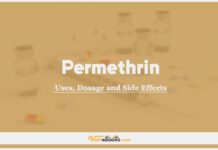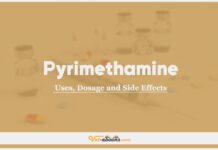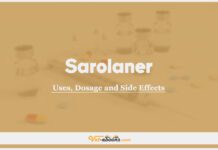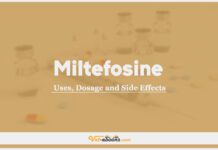Spinosad In Dogs & Cats: Uses, Dosage and Side Effects

Overview
- Activation of nicotinic acetylcholine receptors.
Uses of Spinosad
- Treatment and prevention of flea infestations.
Dose of Spinosad in Dogs and Cats
Dogs:
- Fleas: 45–70 mg/kg p.o. q28d with or immediately after food.
Cats:
- Fleas: 50–75 mg/kg p.o. q28d with or immediately after food.
Drug Dosage Calculator
You Should Give:
Side Effects of Spinosad in Dogs and Cats
- Vomiting occurs occasionally.
- Rare side effects include lethargy, diarrhoea, anorexia, ataxia and seizures.
Contraindications of Spinosad in Dogs and Cats
- Avoid in dogs and cats weighing <1.2 kg or <14 weeks of age as accurate dosing not possible.
- The safety of spinosad/milbemycin in dogs with an MDR1 mutation has not been
demonstrated and these dogs may be at increased risk of adverse effects.
Some Notes:
- This is a P-glycoprotein substrate, therefore, use with caution if combined with other substrate drugs (e.g. digoxin, doxorubicin).
- Do not use it with macrocyclic lactones (e.g. the avermectins).
- It acts on both larvae and adult fleas, causing a short lag phase after administration due to the emergence of adult fleas from pupae in the environment.
- If used for flea allergy dermatitis treatment, it is recommended to combine with an insect growth regulator.
- Administration with food is advised.
- Caution: Avoid administering spinosad/milbemycin (Trifexis) for more than 6 consecutive months in a year.
- Use with caution in epileptic animals.
- Safety during pregnancy, lactation, and breeding is unknown.
Tip
Do You Want To Increase Your Veterinary Knowledge and Practical Skills?
You Can Now Browse and Download +3000 Books For Veterinary Professionals & Students Online.
Download Veterinary Books




















